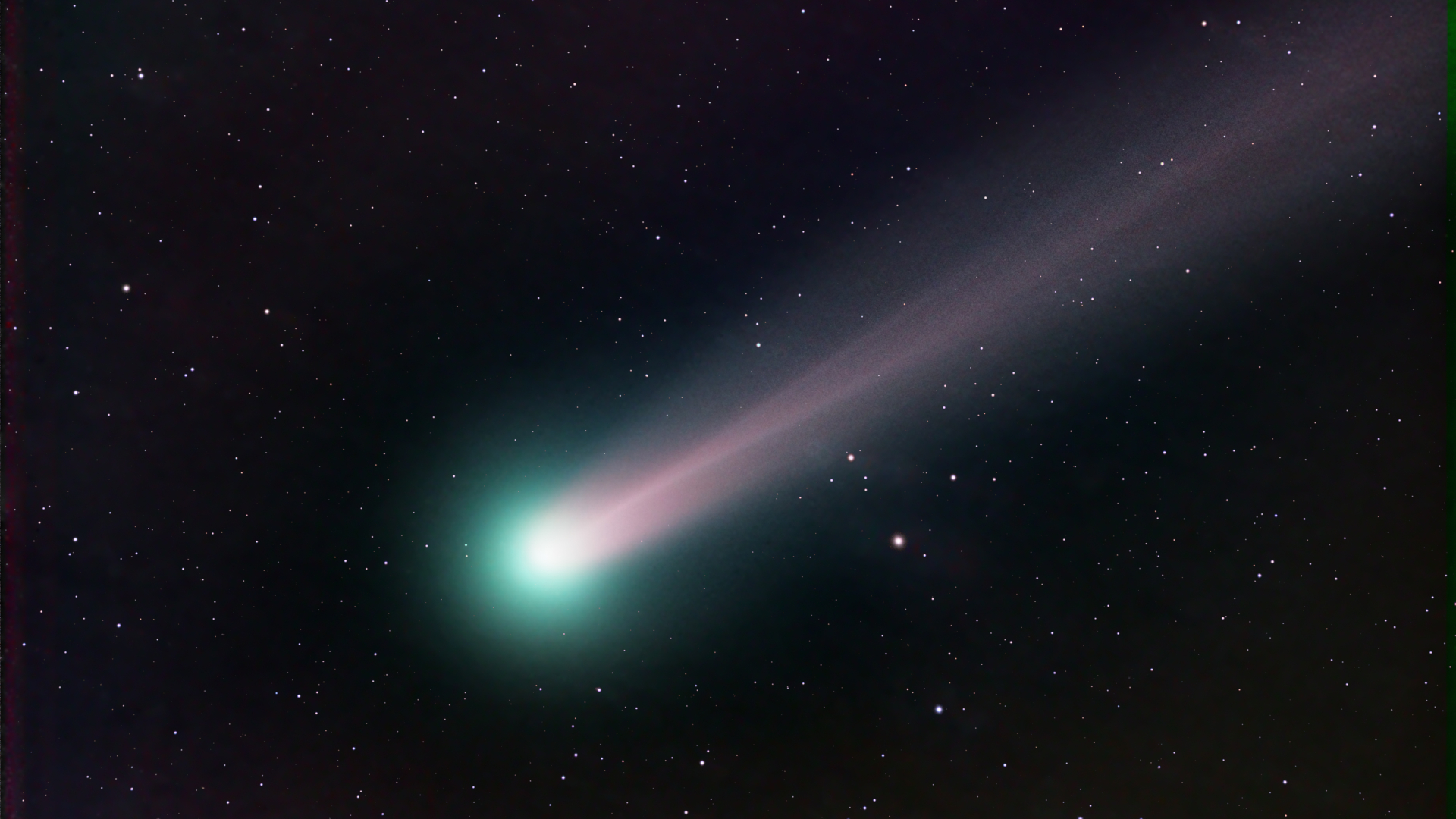Comets are fascinating astronomical objects that have captivated the imagination of people for centuries. These icy wanderers travel through the solar system, leaving behind a trail of dust and gas that creates a spectacular display when they come close to the sun. In this article, we'll explore everything you need to know about comets, from their origins and composition to their impact on our planet.
 |
| Everything You Need to Know About Comets |
What are Comets?
Comets are small, icy bodies that orbit the sun in highly elliptical paths. They are often referred to as "dirty snowballs" because they are made up of a mixture of water, dust, and gases, including carbon dioxide, methane, and ammonia. As comets approach the sun, they begin to heat up, and the ices on their surface begin to sublimate, creating a tail of gas and dust that can be seen from Earth.
Comets come in two main types: short-period comets and long-period comets. Short-period comets have orbits that take them around the sun in less than 200 years and originate from the Kuiper Belt, a region of space beyond the orbit of Neptune. Long-period comets, on the other hand, have orbits that take them around the sun in more than 200 years and come from the Oort Cloud, a vast region of icy bodies located beyond the Kuiper Belt.
Origins of Comets
The origins of comets are still a matter of debate among scientists. Some theories suggest that comets may have formed in the same region of the solar system as the planets, while others propose that they may have formed in the outer reaches of the solar system and were later gravitationally disturbed by the giant planets, causing them to be ejected from the Kuiper Belt or Oort Cloud.
Composition of Comets
Comets are made up of a mixture of ice, dust, and gas. The ices on the surface of a comet include water, carbon dioxide, methane, and ammonia, which are all volatile at low temperatures. As a comet approaches the sun and begins to heat up, these ices begin to sublimate, creating a cloud of gas and dust that can be seen as a tail.
The dust in comets is made up of small particles of rock and metal that are embedded in the icy matrix of the comet. These particles are thought to be remnants from the formation of the solar system and can provide clues about the conditions that existed in the early solar system.
Impact of Comets on Earth
Comets have had a significant impact on Earth throughout its history. In fact, it is believed that comets may have played a role in the formation of the oceans on our planet. When a comet collides with Earth, it can release large amounts of water vapor and other gases, which can then condense and form water.
Comets have also been implicated in mass extinctions on Earth. The most famous example of this is the extinction of the dinosaurs, which is thought to have been caused by the impact of a large asteroid or comet about 66 million years ago.
Exploration of Comets
Scientists have been studying comets for centuries, but it wasn't until the 20th century that spacecraft were sent to study them up close. The first spacecraft to fly by a comet was NASA's International Cometary Explorer (ICE), which flew by Comet Giacobini-Zinner in 1985.
Since then, several other spacecraft have been sent to study comets, including the European Space Agency's Rosetta mission, which orbited Comet 67P/Churyumov–Gerasenko for two years and even deployed a lander to its surface. NASA's Deep Impact mission also famously sent a projectile to collide with a comet, in order to study its composition and structure.
Future missions to comets are already in the works, including the European Space Agency's Comet Interceptor mission, which will wait in orbit until a suitable comet is detected, before intercepting it for a close-up study.
Conclusion
Comets are fascinating objects that have intrigued people for centuries. They are small, icy bodies that originate from the outer reaches of the solar system and travel through space in highly elliptical orbits. When they approach the sun, they heat up, releasing gas and dust that create a spectacular tail.
Comets have had a significant impact on Earth throughout its history, playing a role in the formation of our oceans and even causing mass extinctions. Studying comets can provide valuable insights into the formation and evolution of the solar system and the conditions that existed during its early history.
While much has already been learned about comets through ground-based observations and spacecraft missions, there is still much to be discovered. Future missions to comets will undoubtedly reveal new insights into these mysterious and captivating objects, and may even help us to better understand our own origins.


0 Comments